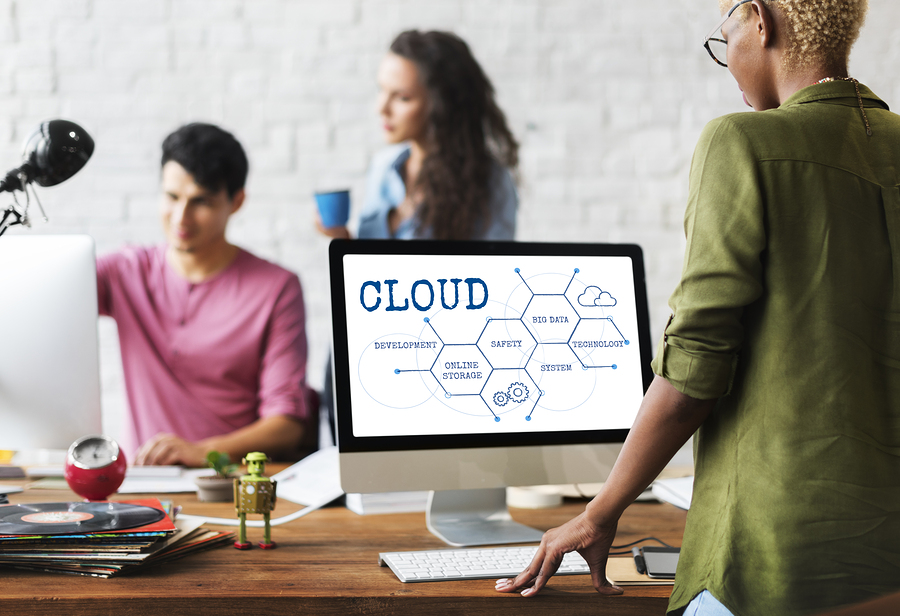10 reasons to choose Cloud Software over Installed Software

Simply put, cloud software (or cloud computing) is the practice of accessing and processing your data remotely via the internet.
According to International Data Company (IDC), popularity of cloud computing in business will continue to rise steady. In fact,by 2020, "It will simply be the way business is done and IT is provisioned"
| Cloud Computing | Installed Software |
|---|---|
| 1. Flexibility | |
| Cloud application can be accessed anywhere with internet connection | Limited to installed machine |
| 2. Collaboration | |
| Enhanced team-work due to multi-user access without geographical limit with updates in real-time | Most installed systems are standalone software with a single user working in isolation. Networked systems require expensive installation and maintenance of an in-house server |
| 3. Security | |
| A reliable cloud provider will ensure industry-standard security for your data at no extra cost | The user is left to handle security on their own |
| 4. Scalability | |
| Upgrading your computer hardware does not affect your system | Upgrading systems require re-installation and tedious data migration |
| 5. Support | |
| Guaranteed support year-round at no extra cost | Support comes with a hefty price tag and often requires physical visits to client |
| 6. Software Updates | |
| Automated software updates to keep your software application relevant | Software updates require downloads to your machine which introduce a further risk |
| 7. After-sale Support & Service | |
| Subscription model incentivizes the cloud provider to offer the best possible support and after-sales service | One-off payments do little to ensure your software vendor will stick around after the sale. |
| 8. Backup | |
| Automated backups are provided by your cloud vendor at no extra cost | Data loss is a real risk with most SME software running from a single laptop that can be stolen or damaged easily |
| 9. Compatibility | |
| Can run on any Operating System. All that's needed is a modern browser | Usually designed for specific Operating Systems (e.g. Windows, Mac, Linux) |
| 10. Cost | |
| No capital expenditure require. No installations required. No additional compute requirements | May require additional hardware, like servers and cabling. May require additional security software. License costs tend to be higher. |
Latest posts
New NSSF Rates for 2025
2025.02.24
Tax Laws (Amendment) Bill
2024.12.19
New SHIF rates for your Kenyan Payroll
2024.10.15




